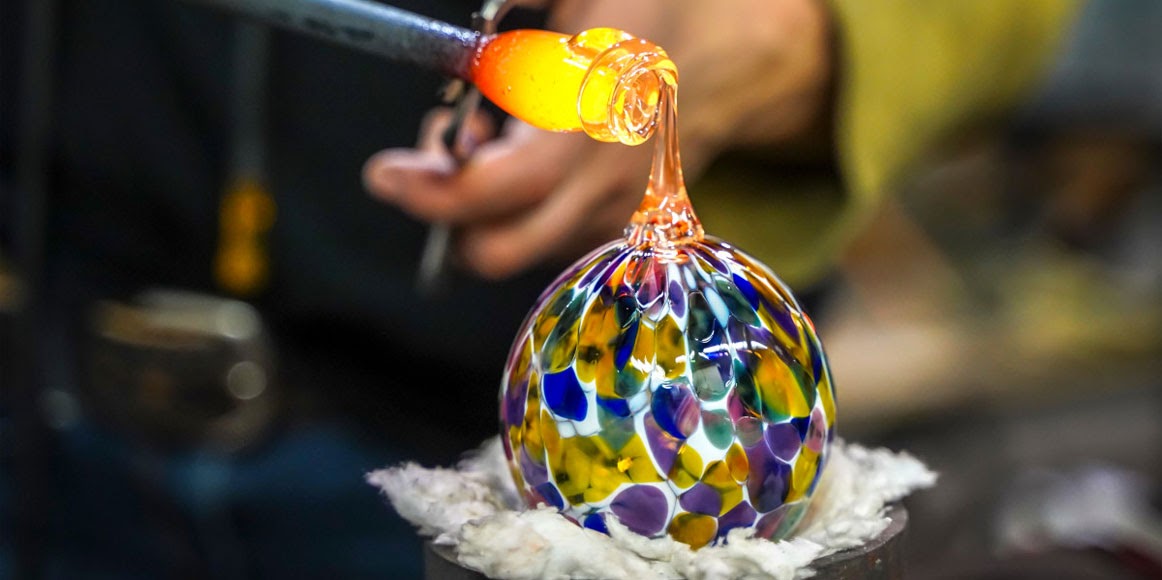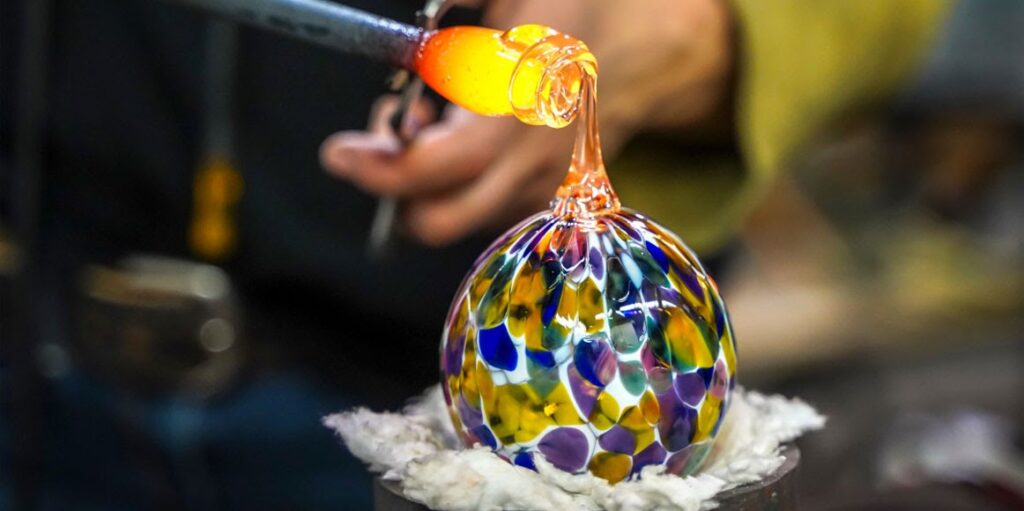
Venezia – Murano – The Glass Factories
The fascinating history of Murano Glass began in 1291 when it was decided that the glass factories of Venice should be moved to Murano. This decision, which soon proved to be important for the inhabitants of the island of Murano, was made because the furnaces of the workshops in Venice were the main cause of serious fires.
Concentrating all the glass factories in Murano was useful for Venice to control the activity of the glass masters and to safeguard the art that had made it famous worldwide. Jealous of the acquired fame, Venice forced the glass masters to live on the island and prevented them from leaving it without special permission.
Despite these restrictions, however, many glassmakers managed to escape, taking with them a wealth of experience and craftsmanship knowledge and exporting their famous techniques abroad. The most significant crisis that Murano Glass had to face was in the 15th century when the production of Bohemian crystals began. Venice managed to overcome this crisis, thanks also to the use of Murano glass for the production of chandeliers, still among the most famous and appreciated works in Murano glass.
In 1602, the podestà, in counting the islanders, resorted to the compilation of a Golden Book. The procedure for obtaining registration was long and took place only with the consent of the Republic. Those who were not registered in the Book could not work in the glassworks, did not participate in the councils, and did not enjoy the privileges granted to the inhabitants of Murano.
In 1900, the glass masters were able to follow modern artistic trends and styles, focusing on perfecting Murano glassmaking, while respecting the millennia-old tradition, which enhances Murano glass works in a unique and inimitable way.
Glass is made of silica, which becomes liquid at high temperatures.
It is at the moment of transition from the liquid to the solid state that the glass becomes soft and malleable, allowing the glassmaker to shape it to create unique and inimitable works.
Experience over time has led Murano glass masters to discover that the use of different materials during processing causes the glass to change its appearance, creating unique and suggestive visual effects. This is the case, for example, with sodium, which is used by the artisan to make the glass surface opaque, or with nitrate and arsenic, which are used, instead, to eliminate bubbles. Colors, techniques, and materials vary depending on the result the glassmaker is trying to achieve.
The processing of Murano glass is often divided into two classes: first processing and second processing.
First processing includes procedures that use raw materials, such as sand, soda, and other compounds, or raw glass, called “cotisso”. These elements are melted in specialized furnaces to obtain the glass mixture, which is then worked.
Second processing includes lampworking with the use of glass rods, glass fusing, and “cold” processes such as decoration, engraving, and grinding.

